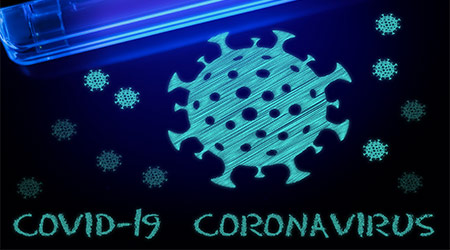Healthcare facility managers have gone to great lengths over the last year to make changes in operations, equipment and procedures to protect patients and staff from COVID-19. From office and restroom upgrades to changes in air filtration and outside air exchanges, they have invested in a range of updates. One technology in particular has drawn scrutiny for its potential benefits — and fir its possible problems related to health.
The market for ultraviolet (UVC) disinfection products has seen a stratospheric rise since March 2020, according to Health Europa. Clinical studies have shown that UVC disinfection is capable of destroying above 90 percent of all pathogen variants. A number of public health organizations have invested in UVC antiviral sanitation products following the advent of the COVID-19 pandemic.
But UVC devices also can be linked to health hazards in cases of improper use. UVC lights are substantially stronger than sunlight and can cause adverse reactions in various skin types. Unprotected exposure to the eyes can also result in photokeratitis of the cornea, according to the International Ultraviolet Association (IUVA).
Also, some UVC products generate ozone as a byproduct of the disinfection process, while others produce high levels of heat and light during operational cycles. Consequently, manufacturers must take care to maintain adequate safety standards and develop adequately detailed operation manuals to assure safe levels of user compliance.

 Building Sustainable Healthcare for an Aging Population
Building Sustainable Healthcare for an Aging Population Froedtert ThedaCare Announces Opening of ThedaCare Medical Center-Oshkosh
Froedtert ThedaCare Announces Opening of ThedaCare Medical Center-Oshkosh Touchmark Acquires The Hacienda at Georgetown Senior Living Facility
Touchmark Acquires The Hacienda at Georgetown Senior Living Facility Contaminants Under Foot: A Closer Look at Patient Room Floors
Contaminants Under Foot: A Closer Look at Patient Room Floors Power Outages Largely Driven by Extreme Weather Events
Power Outages Largely Driven by Extreme Weather Events